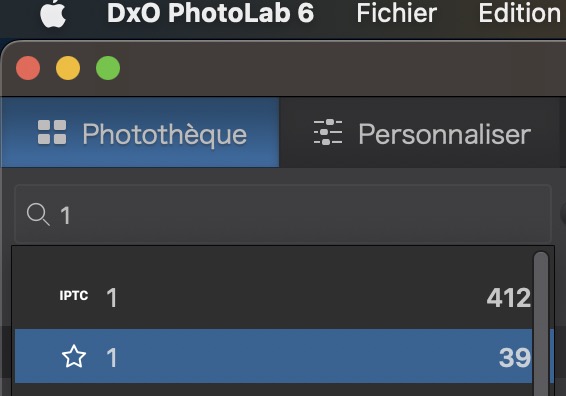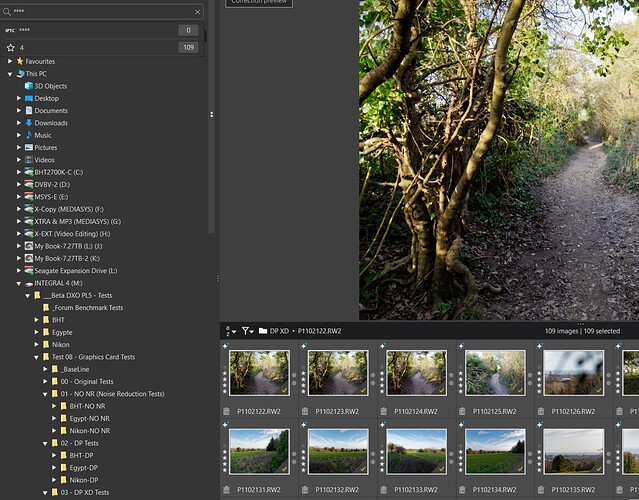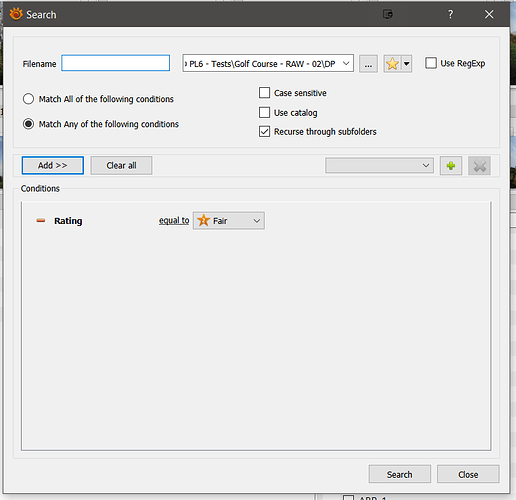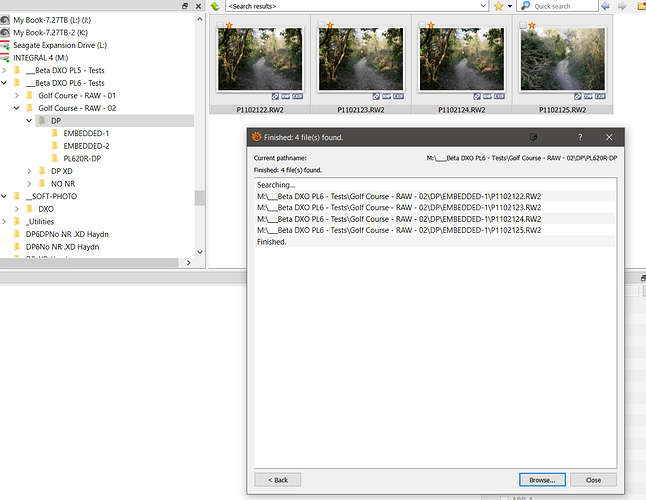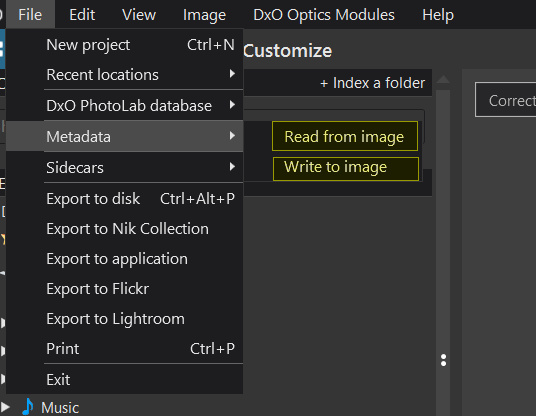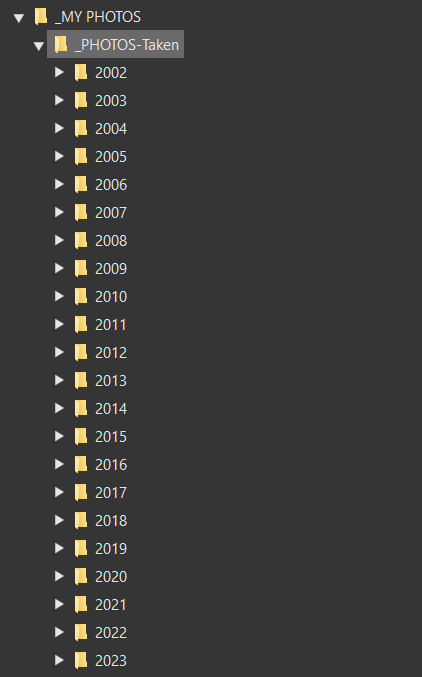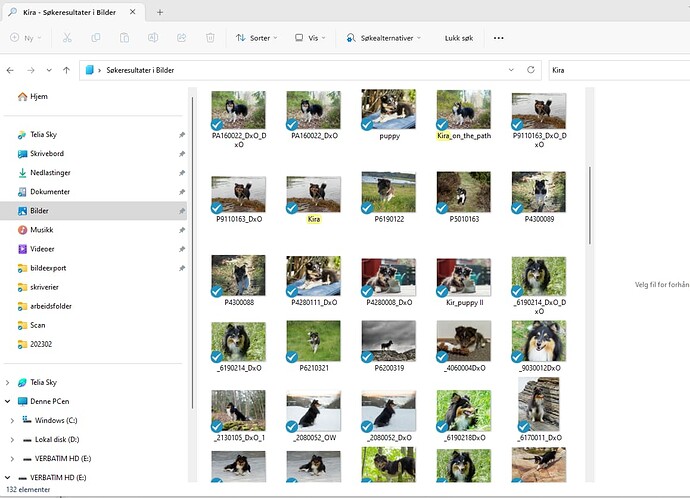@TorsteinH I believe that one of the principles that DxPL is built on is to avoid the “forced” importation process that other packages use and to replace it with an automatic import process, i.e. a process that is activated when the user visits a directory.
Lightroom, Capture one etc. require the user to select a folder and then select images from that folder to be imported into the catalog.
IMatch uses a similar process and to be honest I prefer the DxPL approach by a long way but if I was to do this
and it caused an automatic importation of subfolders (sub-directories) (which the current design won’t) it would start the importation of over 330,000 images, hence that is not how DxPL works.
I imported the entire photo Library into DigiKam and also into ExifPro a few years ago when it would be a somewhat smaller workload.
Just clicking on the top directory in ExifPro and the disk has started “chattering” as ExifPro starts creating a catalogue of the files!
My Family photos as scattered throughout my image files, although I have long had a resolve to also collect them into their own Library, currently any directory with a Family photo is marked as “.F” and every photo with a Family member is marked as “-F” and many, but not all, have keywords added to identify that the image contains Family members and keywords to identify the name of the Family Member(s) present in the photo.
But the only practical way of organising such images is in a database of some description, either of all images or a sub-library of Family images, simply because it is faster to search a database than to access each file looking for all images for a given subject.
The problem in trying to solve one problem is the risk that you will simply create another one! There are things that could be done to improve the process, for those that want alternative strategies but any such option should be provided as a user selectable option to the current automatic process which generally has much to commend it but not for every situation or every user.
A “head” directory could be used and could be for a given year (if the user organises the images that way) but my family images span all the years from 2003 for digital images, with additional directories containing scanned images from before that time.
So the all encompassing database is essentially the only way to go, I believe, and that rules DxPL out, principally because it wants to render images whenever it opens a directory and that slows down the whole process of just “browsing”.
